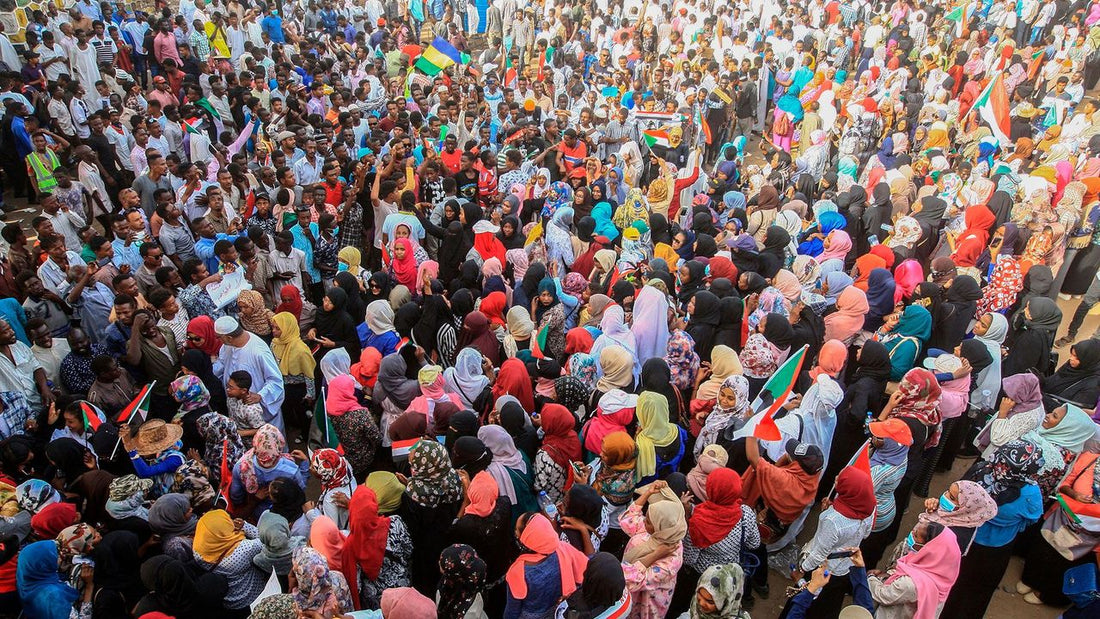The 3.5% Rule: How Protests Drive Political Change
Dr. Lena PetrovaThe 3.5% rule suggests that nonviolent protests involving 3.5% of a population can trigger political change, but context matters.

The "3.5% rule" suggests that a nonviolent protest involving at least 3.5% of a country's population can successfully challenge a government. This concept, popularized by researcher Erica Chenoweth, has become a benchmark for activists and movements worldwide.
However, the application and interpretation of this rule continue to be debated, with discussions focusing on its effectiveness, limitations, and relevance in different political contexts. Understanding the nuances of this rule is crucial for anyone interested in the dynamics of social movements and political change..
Highlights
- The 3. 5% rule posits that nonviolent protests involving 3.5% of a population can trigger political change.
- Nonviolent resistance is more likely to succeed than violent protests.
- Factors like organization, leadership, and context impact protest outcomes.
Read More: Xbox to be like Office: Everywhere, says Nadella
Top 5 Key Insights
• Nonviolent Resistance Effectiveness: Research indicates that nonviolent protests are twice as likely to succeed compared to violent ones. Nonviolent methods often garner broader public support and legitimacy, making it more difficult for governments to suppress the movement. This approach also tends to foster greater participation and cohesion among protesters.
• The 3.5% Threshold: Erica Chenoweth's research suggests that if a nonviolent movement engages at least 3.5% of the population, it has a higher chance of achieving its goals. This threshold serves as a benchmark, but it is not a guarantee of success, as other factors also play significant roles. Reaching this level of participation often requires sustained effort and strategic planning.
• Factors Beyond Numbers: While the 3.5% rule emphasizes participation size, other elements such as organization, strategic leadership, and adaptability are crucial. A well-organized movement with clear goals and effective communication strategies is more likely to succeed. The ability to adapt to changing circumstances and maintain momentum is also essential for long-term impact.
• Contextual Considerations: The success of a protest movement depends heavily on the specific political and social context in which it operates. Factors such as the nature of the government, the level of social support, and the presence of external allies can significantly influence outcomes. Applying the 3.5% rule without considering these contextual factors can lead to misinterpretations and ineffective strategies.
• Declining Success Rates: Recent data suggests that the success rate of protests, both violent and nonviolent, has declined in recent years. This decline may be attributed to various factors, including savvier state responses, the impact of social media, and the challenges of maintaining cohesion within large movements. Activists and scholars are exploring new strategies to enhance the effectiveness of protests in the face of these challenges.
Read More: Jessica Alba's Net Worth: Acting, Business & Real Estate
Expert Insights
Erica Chenoweth, Harvard Kennedy School: "The 3.5% figure is a descriptive statistic based on a sample of historical movements. It is not necessarily a prescriptive one, and no one can see the future."
Read More: AI Search Engines Favor Less Popular Sources: Study
Wrap Up
The 3.5% rule offers a compelling framework for understanding the potential impact of mass mobilization on political change. While the rule highlights the importance of widespread participation, it is crucial to recognize the significance of nonviolent tactics, strategic organization, and contextual factors.
As the landscape of social movements evolves, activists and researchers must continue to adapt their strategies and analyses to navigate the complexities of driving meaningful change.
Read More: Trump's $80B Nuclear Reactor Plan Fuels AI Ambitions
Author
Dr. Lena Petrova - A political scientist and geopolitical analyst based in Berlin, specializing in international relations and governance. Her contributions to Enlightnr offer deep insights into how political dynamics shape the world.More to Explore
- Choosing a selection results in a full page refresh.
- Opens in a new window.




